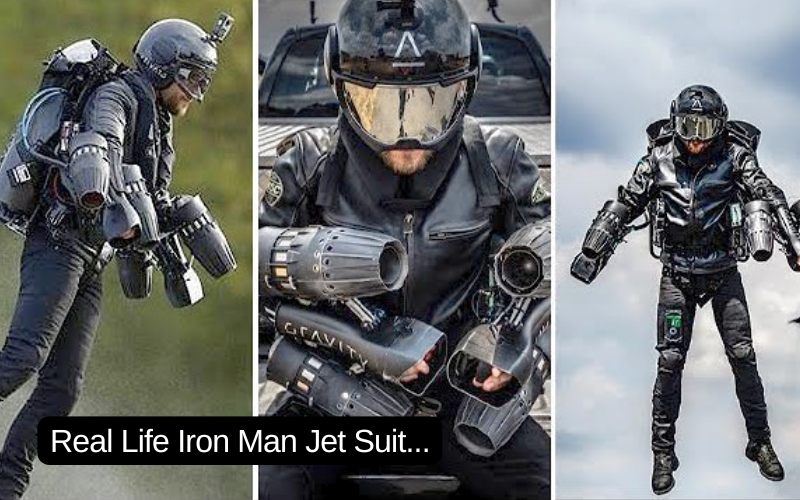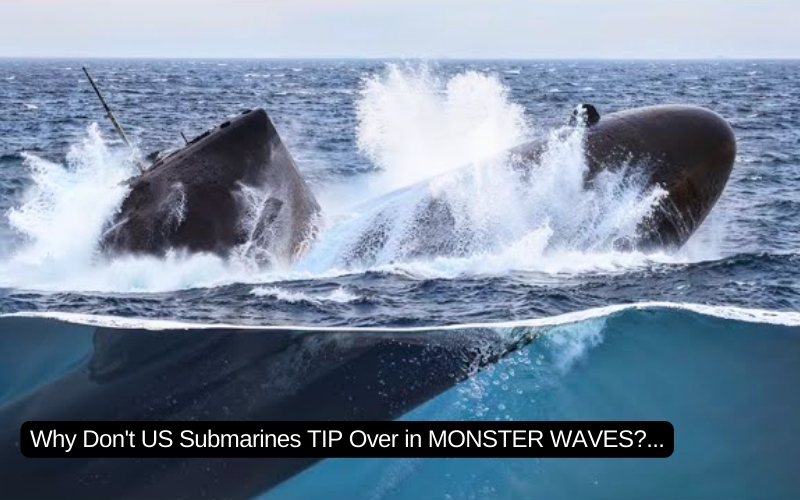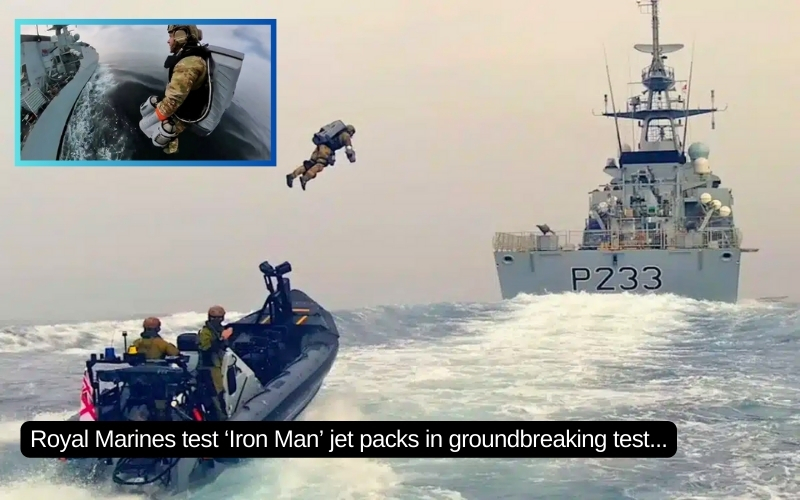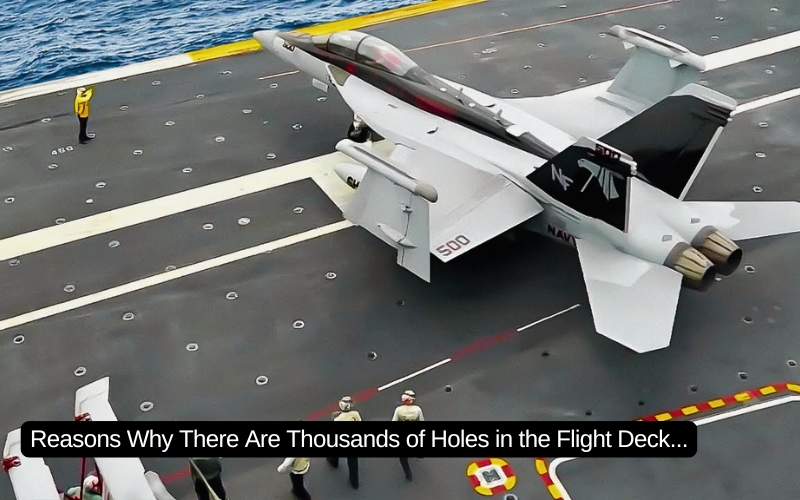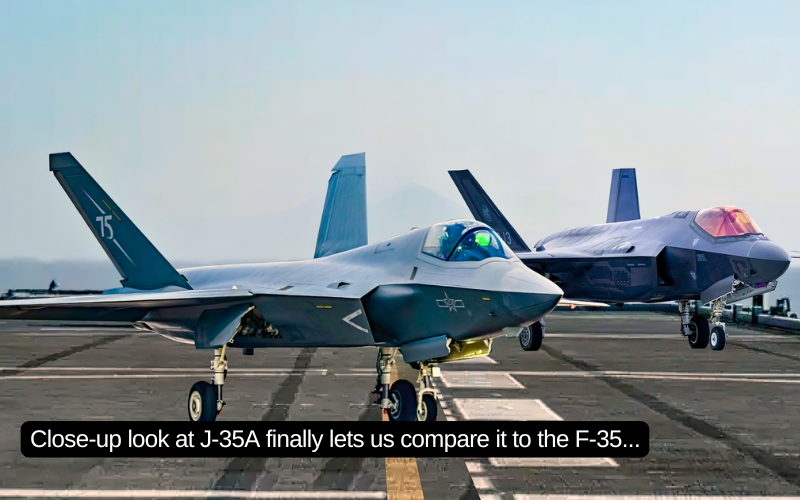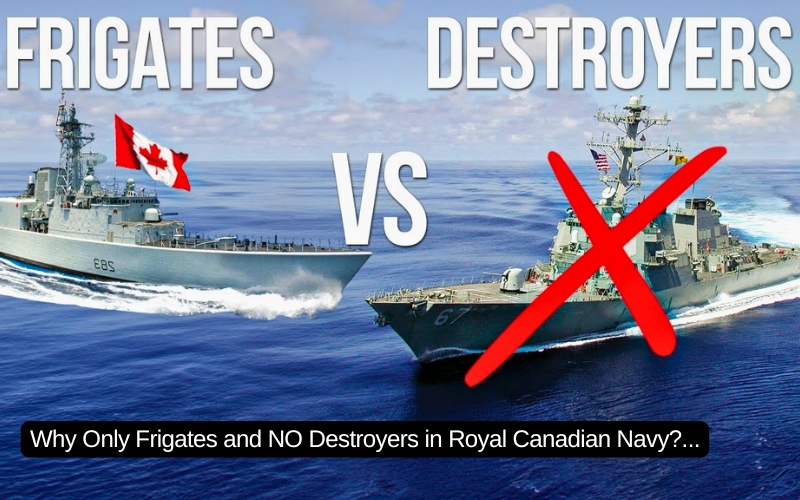As Lotus’ founder Colin Chapman once said, the best way to make a vehicle faster is to “simplify and add lightness.” As true as this was for sports cars and race cars, it might be even more fitting to apply this logic to airplanes. With three dimensions of space to navigate instead of flat tarmac, every ounce counts even more so than with cars and trucks. Want proof-positive? Look no further than what might be the finest piston fighter ever built. This is the story of the Grumman F8F Bearcat, World War II’s greatest carrier fighter made lighter, faster, and better.

To understand the full story of the Bearcat, one must know the details behind its manufacturer, Grumman Aerospace. Founded in 1929 by Leroy Grumman 1929 out of the town of Baldwin on Long Island, New York, the company eventually moved to its permanent home in the Nassau County Hamlet of Bethpage, New York, in 1937. From there, Grumman Aerospace dedicated itself primarily to fulfilling the U.S. Navy’s ever-expanding need for piston fighters for their ever-expanding fleet of aircraft carriers. Starting with the FF biplane, nicknamed the Fifi, the plane was the first of its kind with retractable landing gear built in the United States.
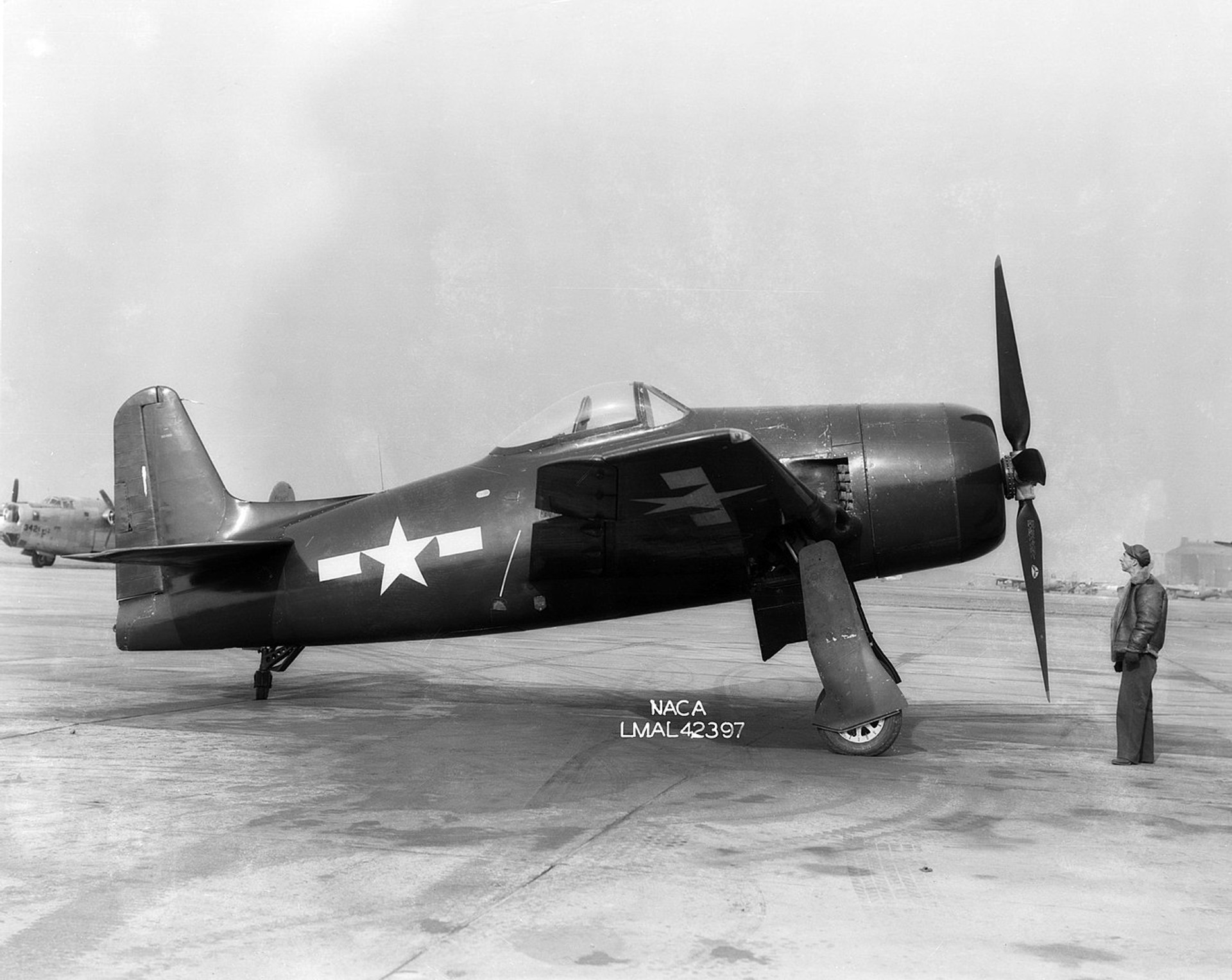
The pinnacle of this lineage of biplanes culminated with the F3F, the last biplane ever introduced into U.S. Navy carrier service. From the proverbial rib of the F3F spawned the beginning of Grumman’s historic “big cat” line of carrier fighters, beginning with the truly legendary F4F Wildcat. With top-notch equipment on offer, like self-sealing fuel tanks and a dependable Pratt & Whitney R-1830 radial engine on offer, the Wildcat held down the fort admirably against the relentless onslaught of Imperial Japan and its Mitsubishi A6M Zero. But for all the Wildcat’s positives, its great weight and not exactly overpowered engine made dogfights with Zeroes a handful.
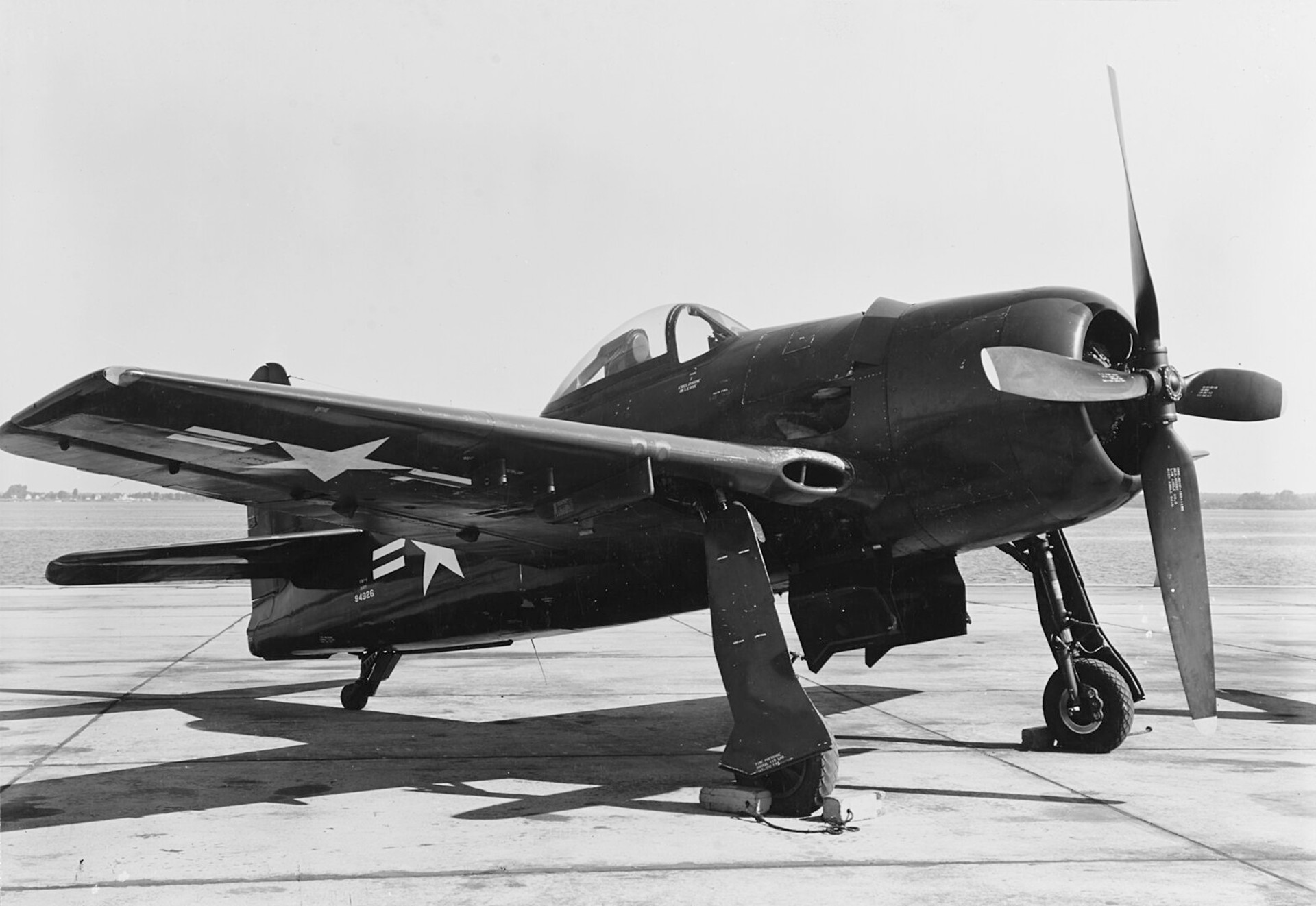
Many Wildcats fell victim to Japanese Zeroes coaxing the Americans into steep climbs the chunky short stack of an airplane simply couldn’t keep up with. Only for the Wildcat to stall out at the apex of its climb and tumble back to earth like a sitting duck. Something drastic had to be done, drastic enough to build an entirely new airplane from scratch to counter the threat. In 1943, this came in the form of the F6F Hellcat. Larger and far more powerful than the Wildcat, the Hellcat’s Pratt & Whitney R-2800 Double Wasp engine made Zero pilots humble by breaking through the same traps and shortcomings that made Wildcats easy prey.
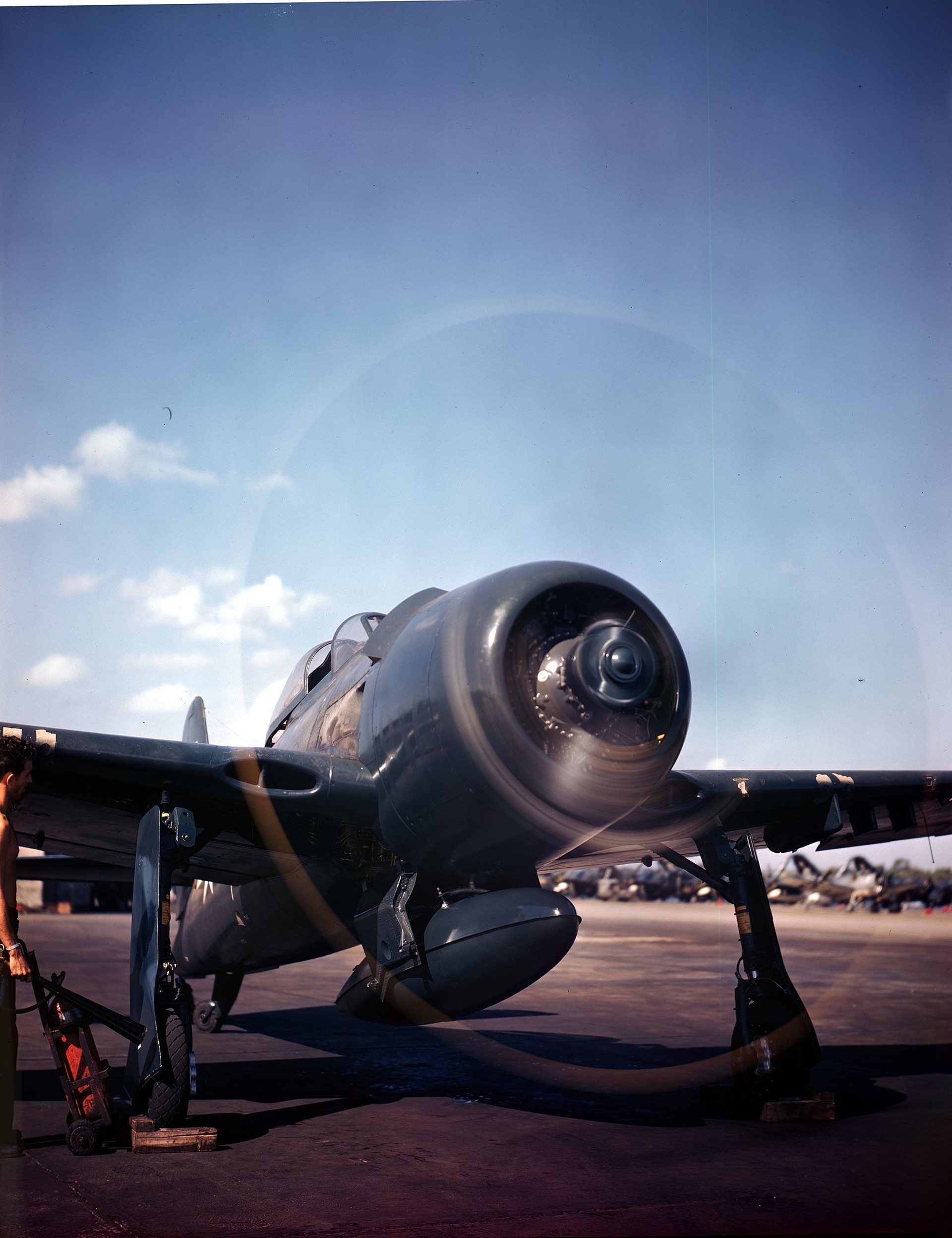
Though nowhere near as beautiful as a P-51 Mustang or a Spitfire, the Hellcat’s kill-to-loss ratio trounces even the proverbial pretty boys of Second World War prop fighters. As many as 5,000-plus enemy aircraft fell to the Hellcat’s six M2 Browing machine guns during the war, or a scarcely-believable 75 percent of the U.S. Navy’s aerial shootdowns over the Pacific Theater. By the tail end of the war, Grumman engineers knew the age of piston-engine supremacy in aerial warfare was at its end. But that didn’t mean the team couldn’t squeeze more performance out of the Hellcat’s architecture.
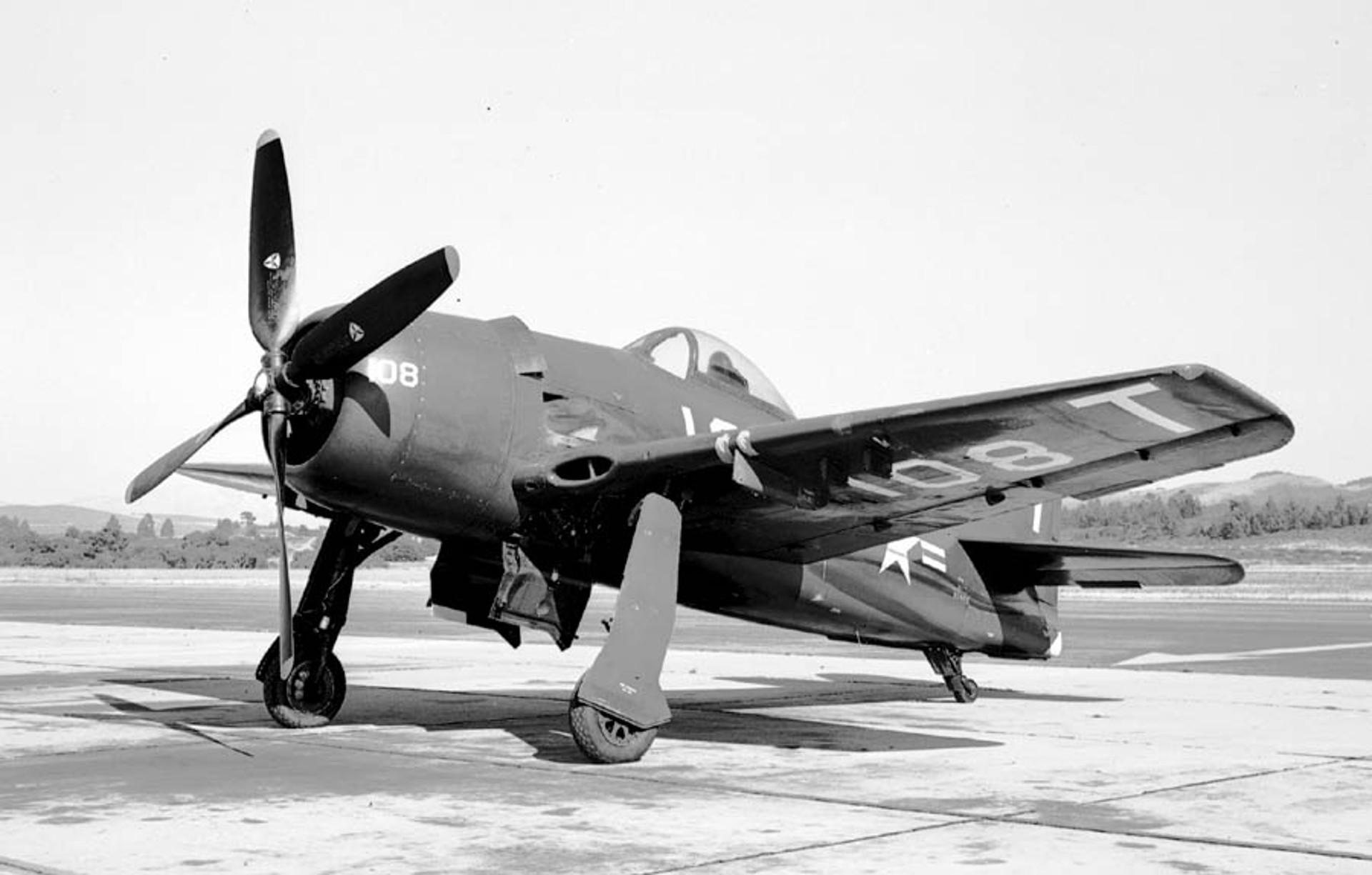
Years before the king of lightness, Colin Chapman built his first race car out of an old Austin 7; Grumman was going to take the philosophy he made famous and apply it to their iconic Hellcat. Legend has it that after the Battle of Midway in 1942, a group of Wildcat pilots met with Grumman’s Vice President Jake Swirbul at Pearl Harbor in June of that year. At this meeting, the pressing need for a small, powerful fighter capable of taking off from escort carriers was too small for the Hellcat. As something of a secondary requirement for a new fighter project, the virtues of a high horsepower-to-weight ratio were seen as a very high priority.
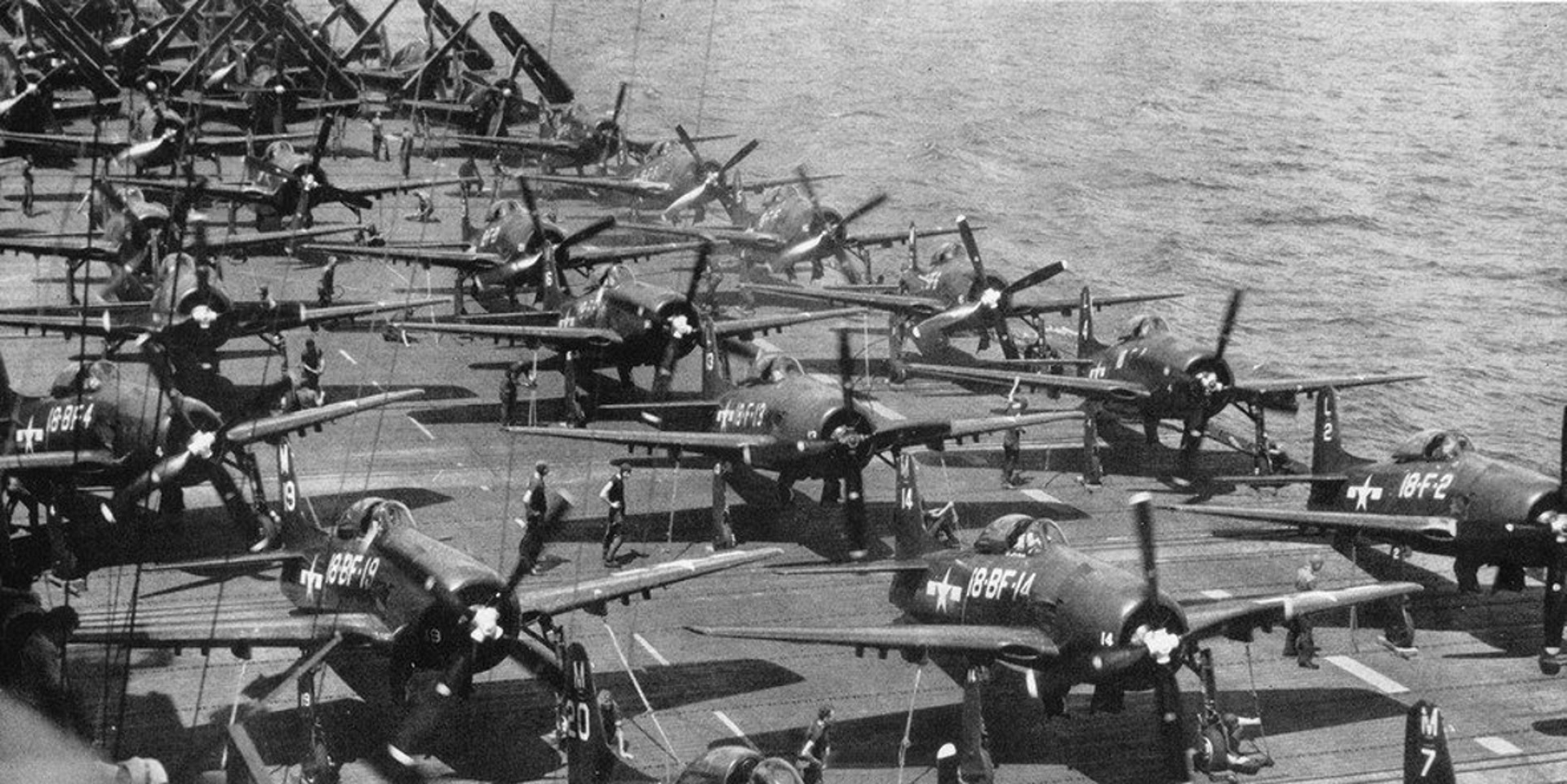
Dubbed the G-58 internally, Grumman determined the simplest and most cost-effective solution for this new fighter was to take the basic architecture of the Hellcat and slim it down considerably. By being considerably smaller than an F6F, as much as 5 feet (1.5 m) shorter length-wise and 7 feet (2.1 m) in the wingspan, the G-58, soon to be labeled the Bearcat, was very nearly a full U.S. ton lighter than the Hellcat. Slight modifications to the airframe behind the pilot’s seat allowed for a high-visibility bubble canopy to be installed onto each Bearcat.
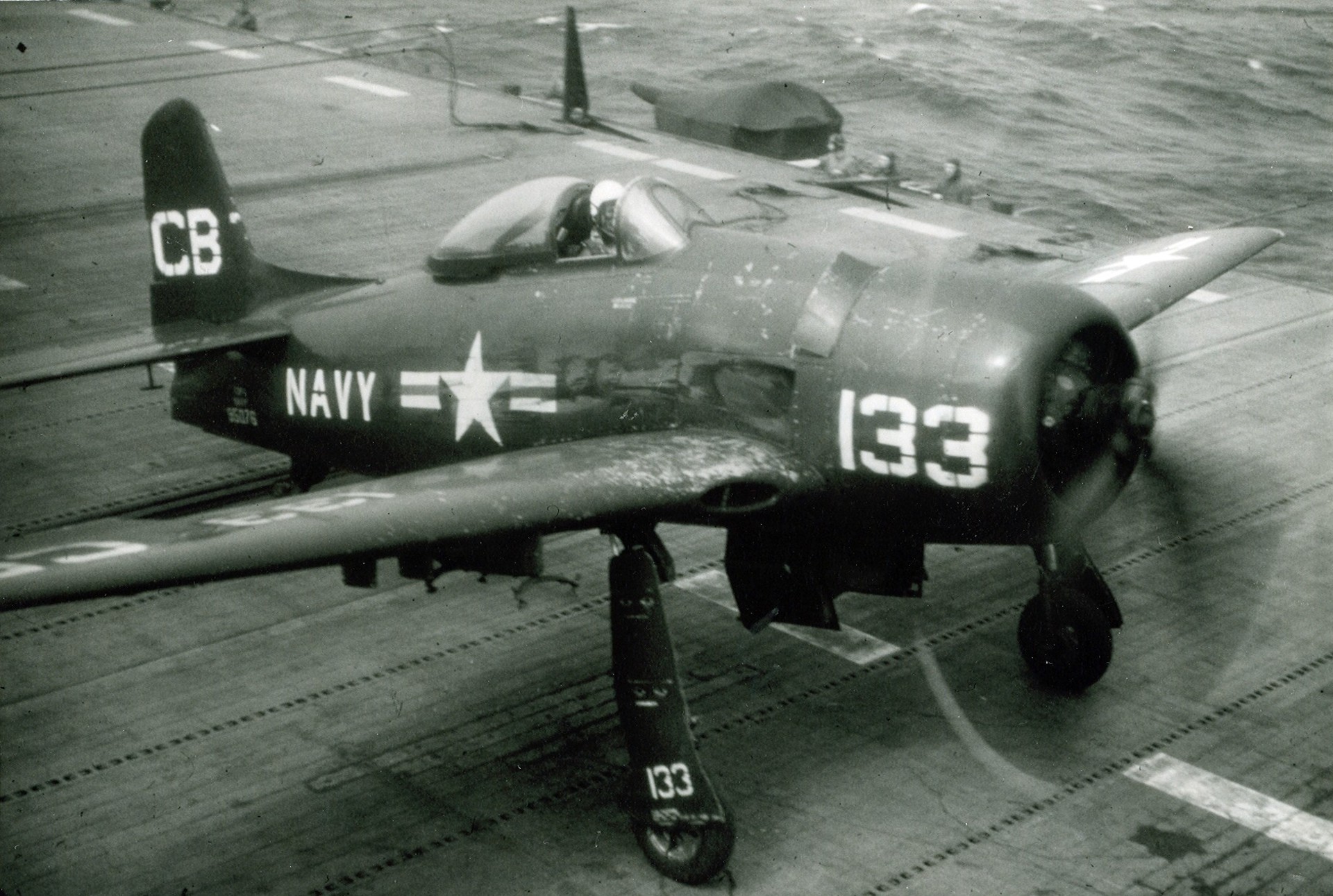
Other weight-saving measures included installing four 50. caliber M2 Browning machine guns in the Bearcat’s wings instead of the Hellcat’s six guns, as well as carrying a lighter fuel load of around 183 US gallons (690 L). All in all, the Bearcat was a full 20 percent lighter than the Hellcat and roughly 50 mph (80 kph) lighter than its forbearer. On August 21st, 1944, the first prototype XF8F-1 Bearcat took to the skies over Long Island for the first time. In nearly all aspects of flight, the XF8F-1 was an absolute joy. With climbing abilities that’d make German Bf-109Ks and late-model A6M Zero pilots blush, let alone American planes like Hellcats and Corsairs.
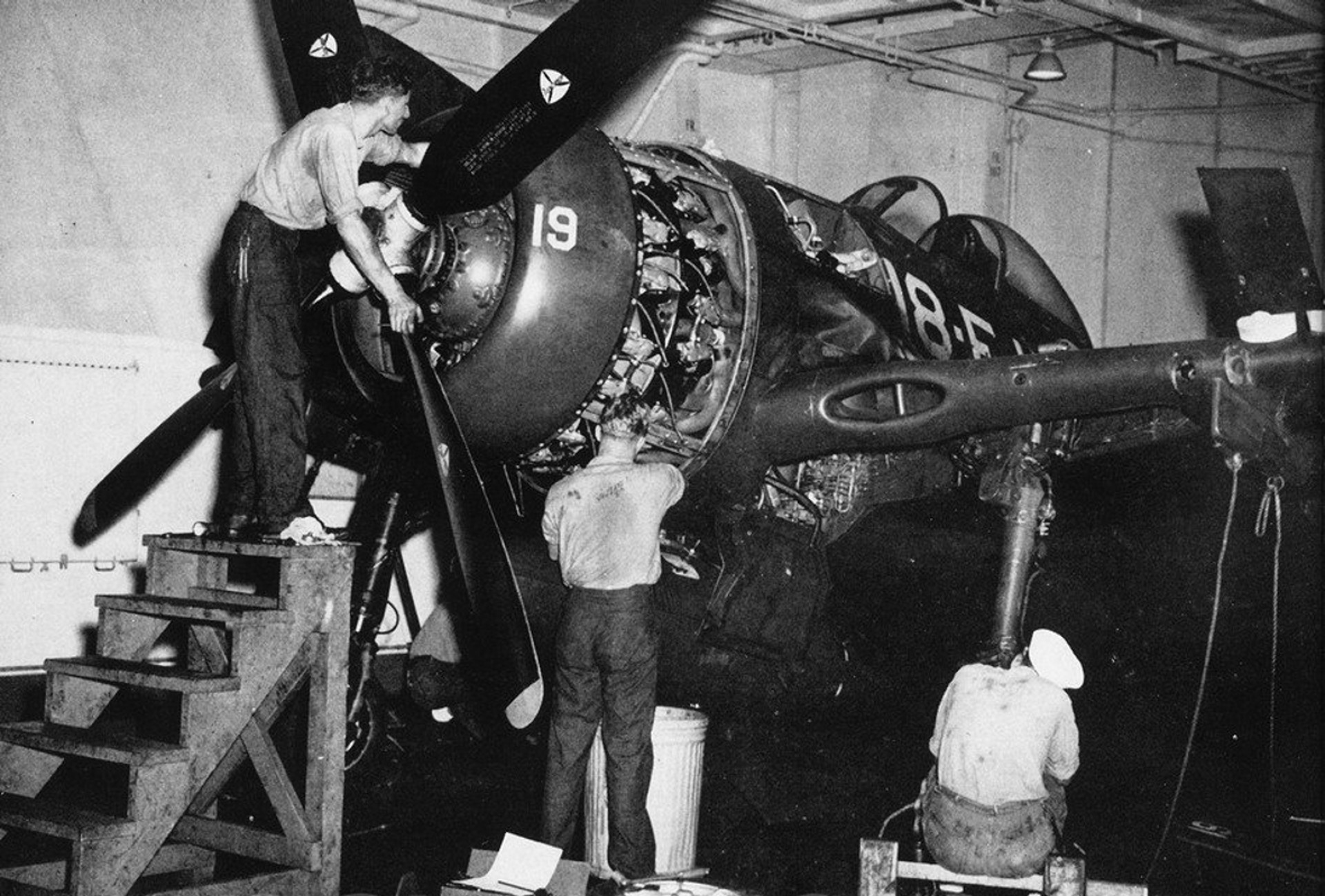
As far as maneuverability was concerned, the Bearcat was like a sports car in the sky. With a roll rate that could make a seasoned pilot queasy and not entirely useless combat flaps, the Bearcat was simply in a league of its own as far as carrier-based prop fighters were concerned. In general, Navy fighters weren’t quite as hard-hitting as land-based fighters during the war, citing the beefier airframes needed to withstand carrier landings at sea. But the Bearcat took the notion that carrier fighters were inferior and promptly threw them in the landfill. This was set in stone when a Bearcat set a time-to-climb record from takeoff to 10,000 feet in a staggering 94 seconds.
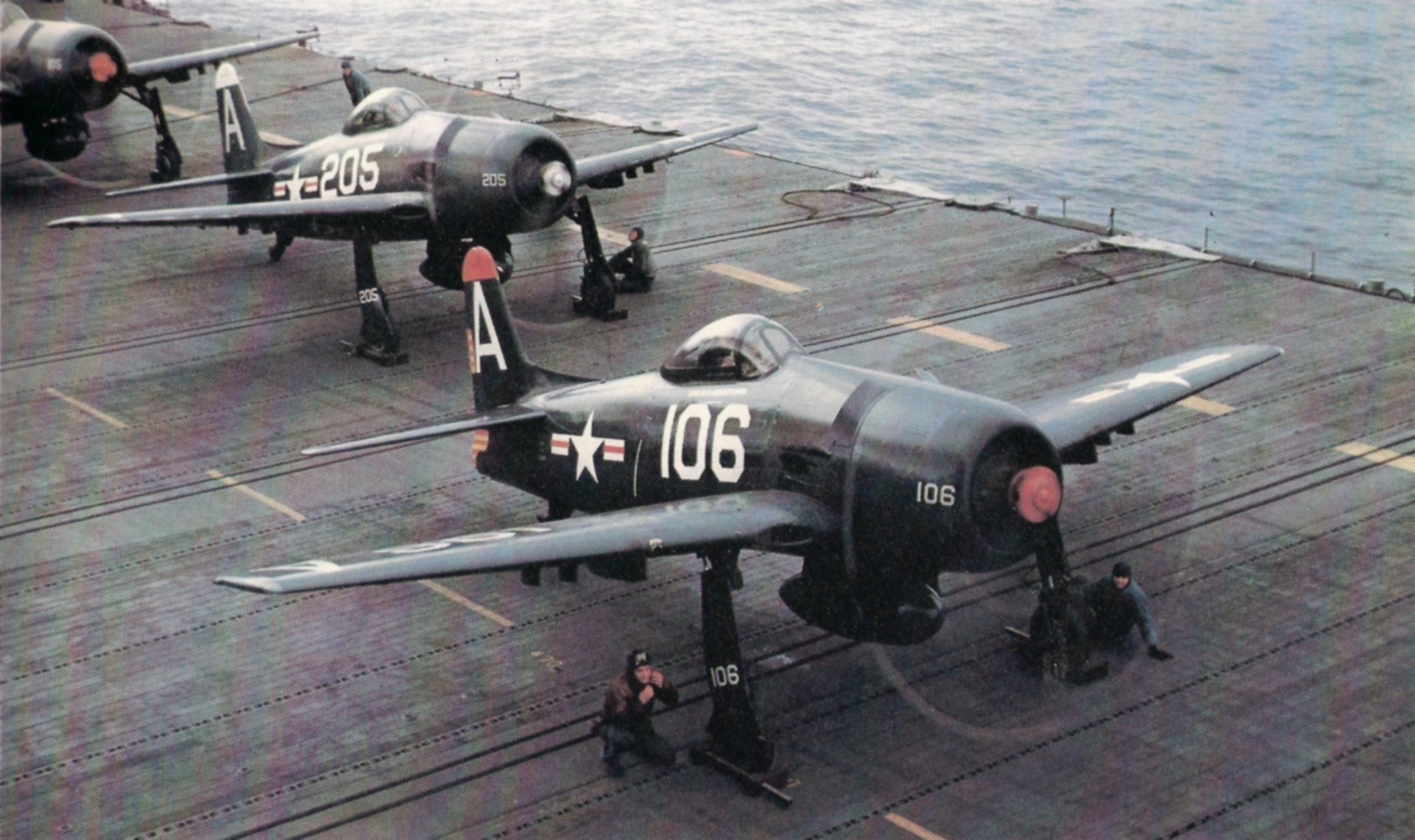
On paper, it seemed like Grumman had a fighter on its hands that could take on the Air Forces of Japan and Germany simultaneously, provided enough of them were built. In terms of raw performance, the only Allied naval prop fighter that even came close to the Bearcat was the British Hawker Sea Fury. Of course, these two planes routinely share the number one slot on top ten lists of the best piston-engine fighters ever to fly.
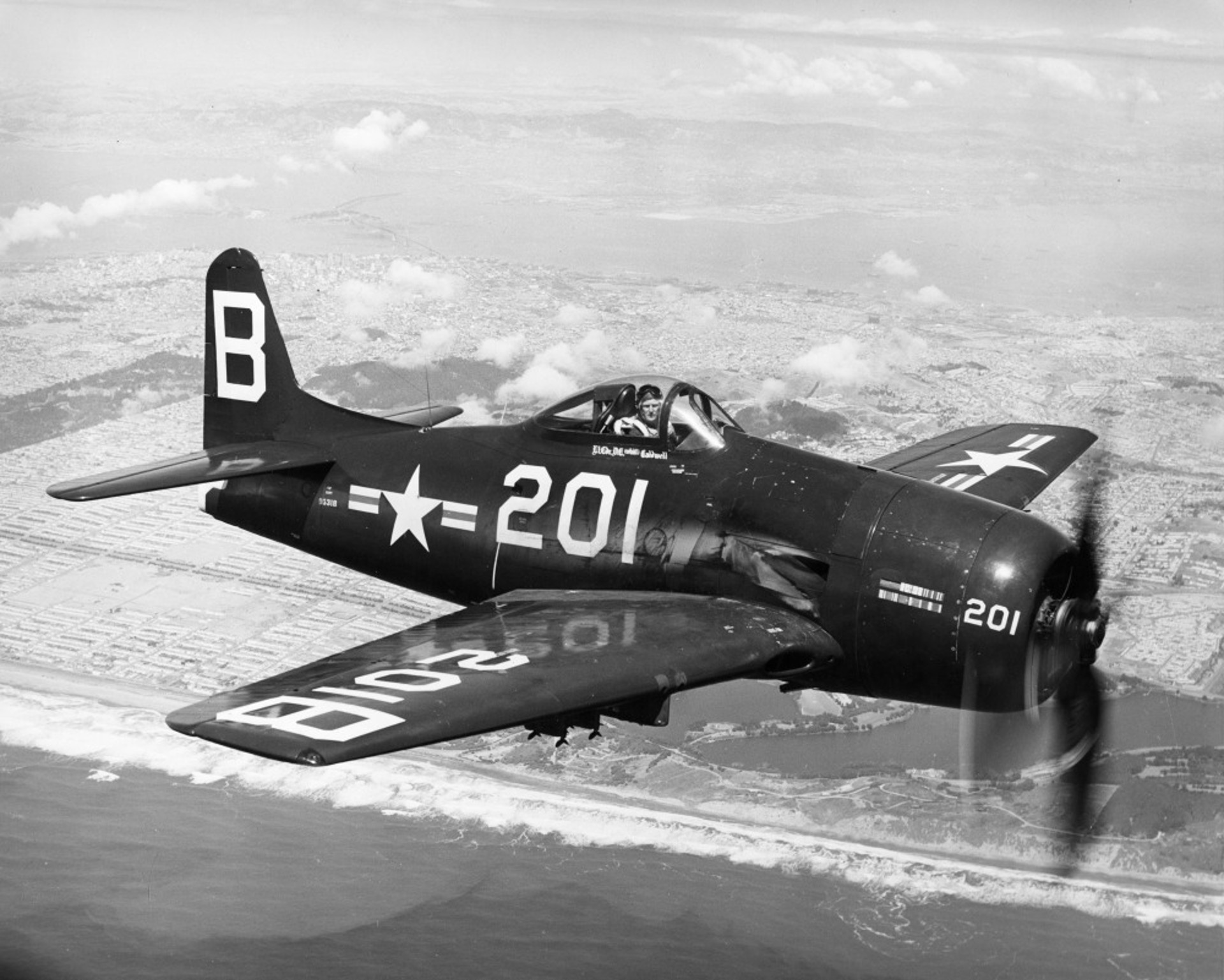
But there was a small problem with all of that. By the time the Bearcat was ready for deployment on May 21st, 1945, Germany had already surrendered to the Allies two weeks earlier, with Japan soon to follow in September of that year. Of course, this means the Bearcat missed World War II entirely.
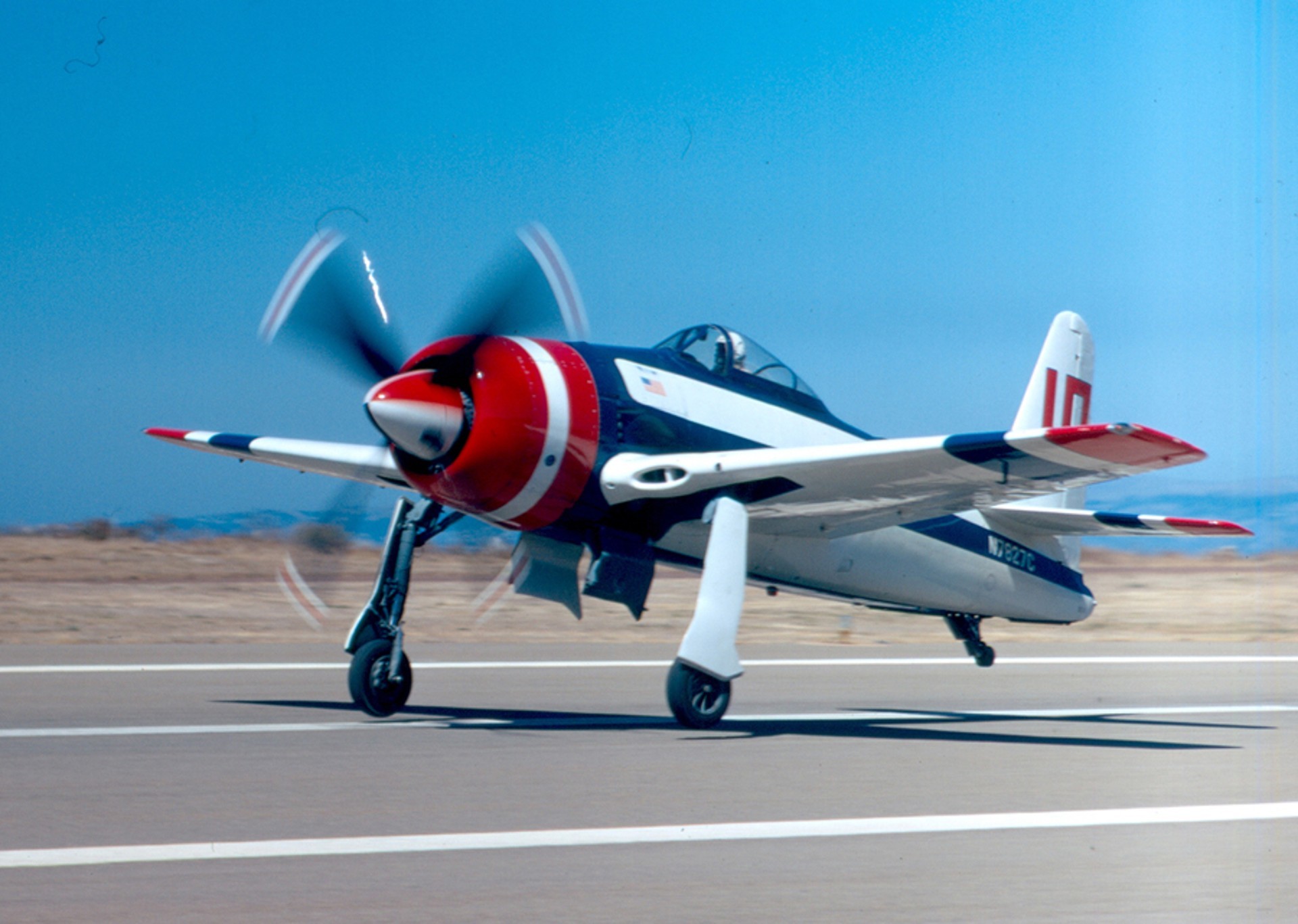
In doing so, the Bearcat had missed its opportunity to see heavy combat before the age of the turbojet engine brought an end to the golden age of piston fighters. A U.S. Navy order for over 2,000 Bearcats only elicited a production run of 770 airframes. Even replacing the Bearcat’s Browning machine guns with U.S. copies of Hispano Suiza HS.404 autocannons in the F8F-1B wasn’t enough to pique interest.

Ultimately, the Bearcat’s shining moment in U.S. Navy Service came not in combat but with the Blue Angles aerial acrobatic squadron. As many as 200 Bearcats were transferred to the French Air Force in 1951 as a means of combating the Vietnamese in the French Indochina War, where the plane saw limited combat, and a few more were given to Thailand in 1949.

Today, the Bearcat is best known for being a stalwart of air races across the globe. Most notably, a Bearcat airframe modified with a massive Wright R-3350 Duplex Cyclone engine named Rare Bear is often credited as the most famous air racer in the world. Though it never shot down a single Japanese or German airplane, these exploits in air racing make it hard to call the Bearcat a waste of time. In fact, it’s one of the most important piston figures of the 20th century.


